Given the following memory contents
Address | Contents
08A | 010FA210FB
08B | 010FA0F08D
08C | 020FA210FB
The assembly code is:

My question is, how are the contents translated into the assembly code. What separates the opcode from the operands in the memory contents here?

